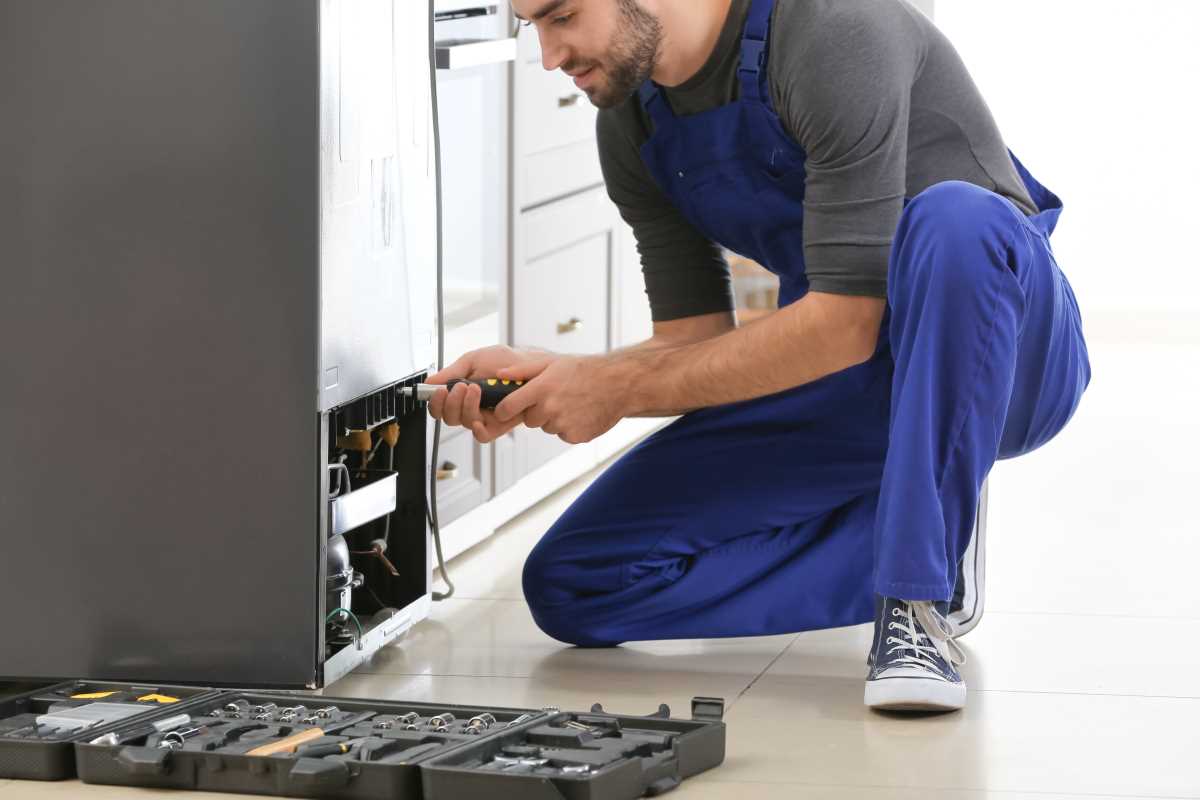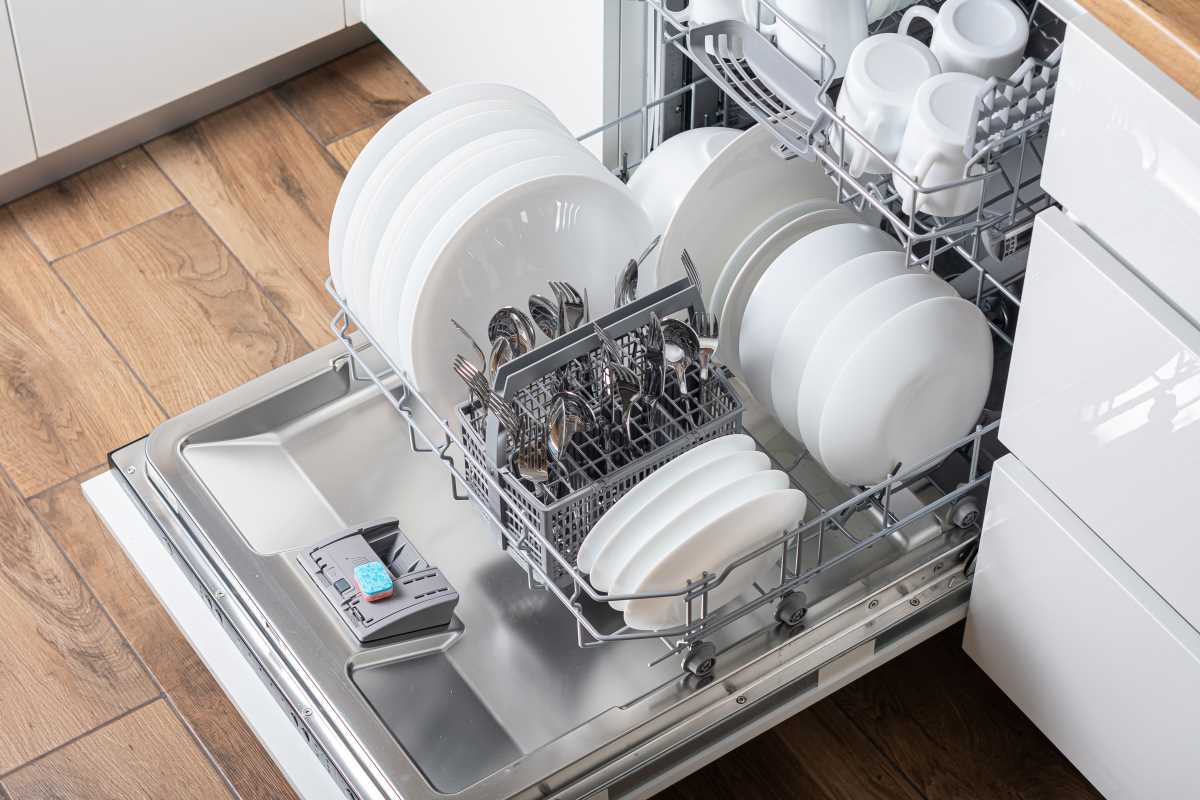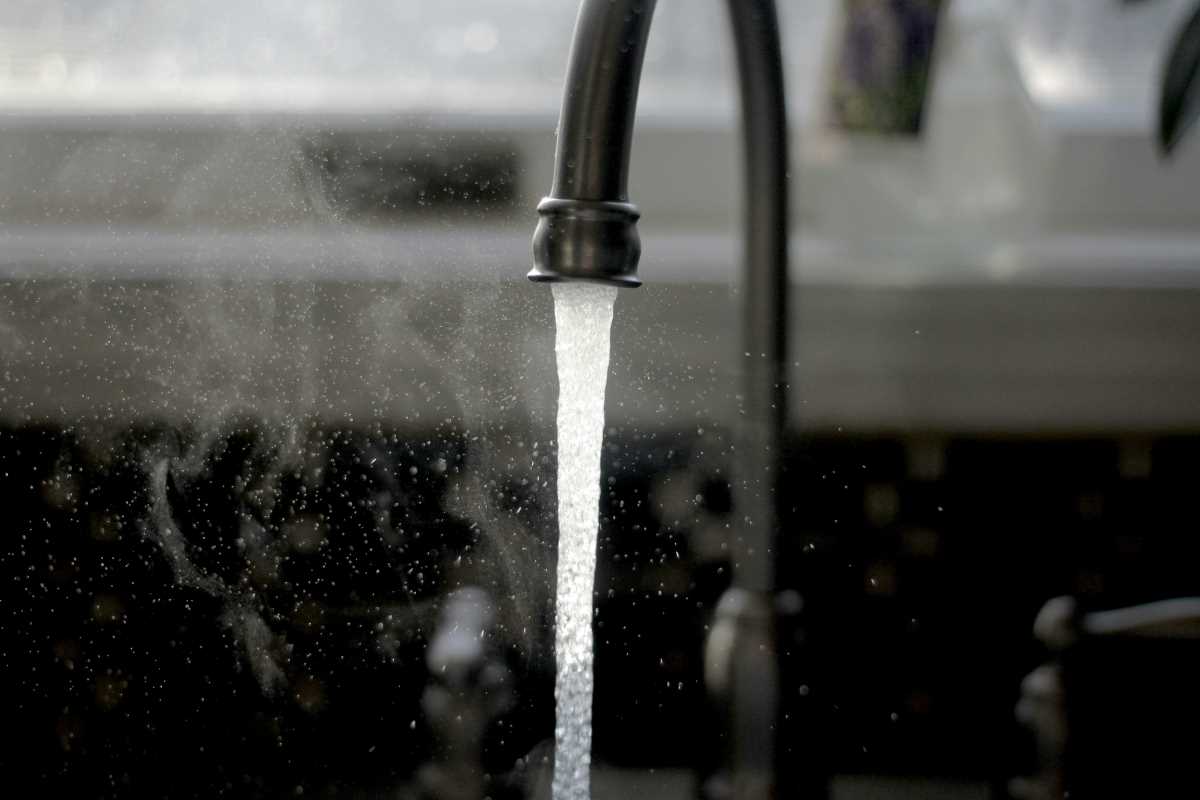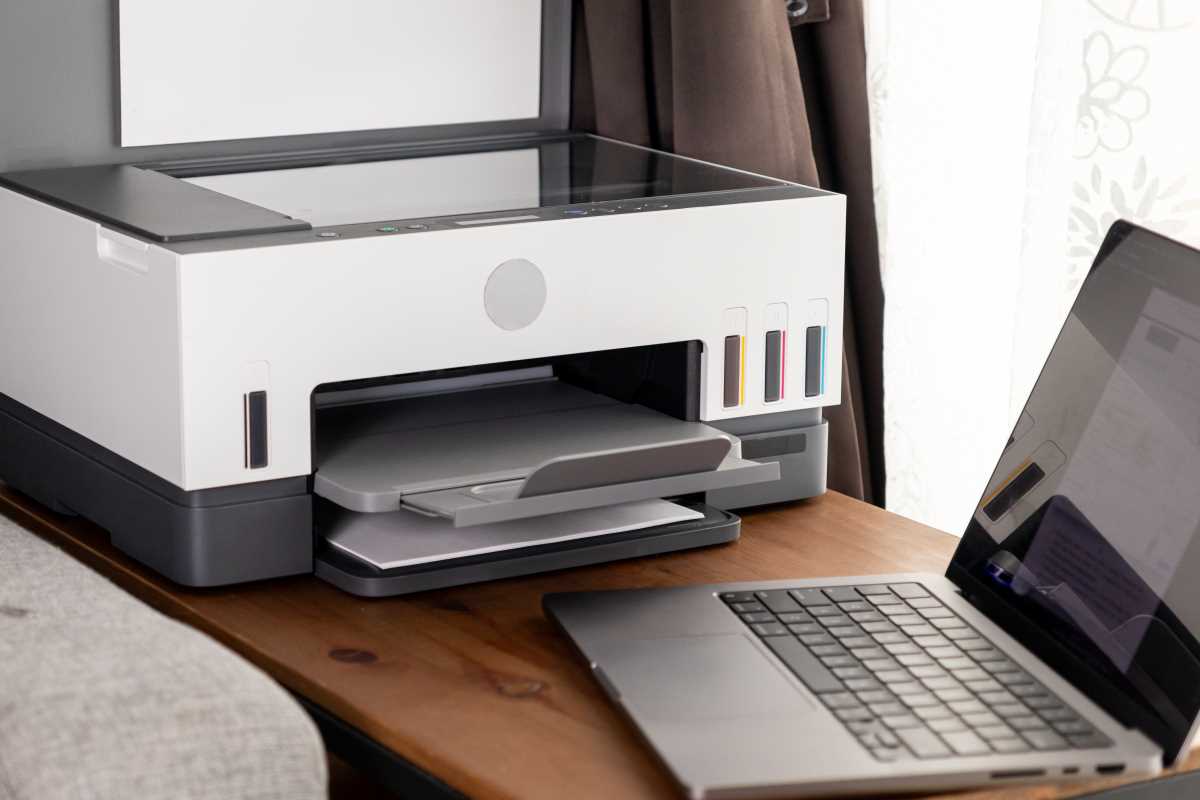The refrigerator is one of the most vital appliances in any home, running around the clock to keep food fresh and drinks perfectly chilled. However, its constant operation also makes it one of the biggest contributors to household energy consumption. While modern refrigerators are designed to be more energy-efficient than their older counterparts, regular cleaning and maintenance can keep them running at peak performance. Neglecting this upkeep can lead to higher energy bills, unnecessary repairs, or even a shorter lifespan for the appliance. With simple maintenance steps, a refrigerator can stay in great shape while using less energy and preserving its cooling power.
Regular Cleaning Keeps the Interior and Exterior Fresh
Keeping a refrigerator clean inside and out has a direct impact on its efficiency. Spills, food debris, and expired items can not only create unpleasant odors but may also hinder airflow. Cleaning the interior every three to four months prevents blockages and keeps the appliance hygienic.
Start by emptying the refrigerator and removing shelves, drawers, and trays. Wash these components with warm, soapy water, ensuring they are rinsed thoroughly and dried before being placed back inside. Wipe down the interior walls using a solution of equal parts vinegar and water, which helps remove sticky residue and neutralize odors.
The exterior, particularly the door handles and seals, can also collect grime over time. Use a soft cloth with a mild cleaning spray to wipe down these spots, paying close attention to areas frequently touched. Regular cleanings ensure a fresher, more efficient appliance.
Check and Clean the Door Gaskets
The rubber gaskets that line the edges of the doors are crucial for ensuring an airtight seal. When these gaskets become worn, dirty, or cracked, cold air can escape, forcing the refrigerator to work harder and consume more energy to maintain its temperature.
Inspect the seals regularly for any signs of wear or damage. To clean them, use a cloth dipped in warm, soapy water to remove dirt or residue. Avoid using harsh cleaners, which can degrade the rubber over time. If gaps or tears are found in the gasket, replacing it is an affordable way to restore efficiency and prevent energy loss.
Keep the Coils Clean for Better Performance
The condenser coils, usually located at the back or bottom of the refrigerator, play a key role in cooling. These coils release heat generated during the refrigeration process but can become coated with dust and debris, reducing their ability to dissipate heat effectively. When this happens, the refrigerator works harder to stay cool, driving up energy consumption and potentially shortening its lifespan.
To maintain clean coils, unplug the refrigerator and gently move it away from the wall, if necessary. Use a vacuum cleaner with a brush attachment to remove debris from the coils. For dirt that’s harder to reach, a coil cleaning brush, available at most hardware stores, is a helpful tool. Cleaning the coils once or twice a year ensures the refrigerator can operate efficiently.
Organize the Contents to Improve Air Circulation
How food is arranged inside the refrigerator can have a surprising effect on its energy usage. Overstuffing shelves restricts airflow, making it harder for cold air to circulate evenly. This uneven cooling forces the appliance to run longer to maintain consistent temperatures.
Avoid cramming the refrigerator full, and instead keep it well-organized, with enough space for air to move freely between items. On the other hand, having a nearly empty refrigerator can also make it inefficient, as the appliance uses energy to cool unused space. Keeping it moderately stocked with items spread out appropriately creates the ideal balance for efficient operation.
Set the Temperature for Efficiency
The right temperature settings keep food fresh without wasting energy. For optimal efficiency, the refrigerator should be set at around 37 to 40 degrees Fahrenheit, with the freezer at 0 degrees Fahrenheit. Temperatures colder than necessary not only use extra energy but may also lead to unintentional freezing of items in the fridge.
Modern refrigerators often feature built-in thermometers, but for older models, a separate appliance thermometer can help verify the temperature. Periodically checking the settings helps ensure the appliance strikes the right balance between proper food storage and energy conservation.
Avoid Overworking the Appliance
Simple habits can prevent overworking a refrigerator, which helps to reduce strain on its components. Leaving the doors open for extended periods allows warm air to enter, forcing the refrigerator to work harder to return to its set temperature. Quickly deciding what’s needed before opening the door and closing it promptly conserves cold air and energy.
Similarly, hot food should be allowed to cool to room temperature before being stored in the refrigerator. Placing hot dishes inside can raise the interior temperature, making the appliance use more energy to offset the heat. Practicing these habits protects efficiency and reduces wear on the system.
Inspect the Drip Pan and Drain
Many refrigerators feature a drip pan and a drain line to handle condensation. Over time, these components can collect water, dirt, and residue, creating a breeding ground for bacteria or unpleasant smells. Clogs in the drain line can also lead to water pooling inside the appliance.
Check the drip pan periodically and clean it, if necessary, with warm, soapy water. Use a thin brush, pipe cleaner, or soft cloth to clear out clogs in the drain line. This simple maintenance step prevents odors and ensures the refrigerator can manage condensation effectively.







